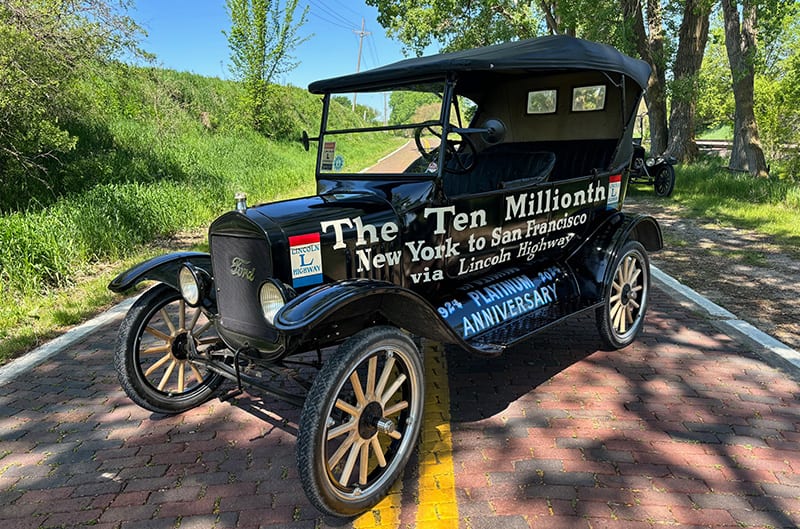LINCOLN, Neb. – Having incorporated the Ford Motor Company on June 16, 1903, company founder Henry Ford debuted his revolutionary Model T to the public on October 1, 1908. By December 1, 1913, Mr. Ford would revolutionize the auto industry for the second time as he incorporated a moving assembly line into the Model T’s Highland Park assembly plant. The result of this radical new approach to automobile manufacturing allowed Ford to reduce Model T assembly time from more than 12 hours per car to just one hour and 33 minutes. Only two years later, on December 10, 1915, the 1-millionth Ford (another Model T) would bow, followed by the 5-millionth on May 28, 1921. Six years later, on May 27, 1927, the 15-millionth would celebrate the end of Model T’s incredible production run. But it was nearly three years earlier, on June 4, 1924, that the subject of today’s Ford Performance feature story had already rolled off Highland Park’s assembly line.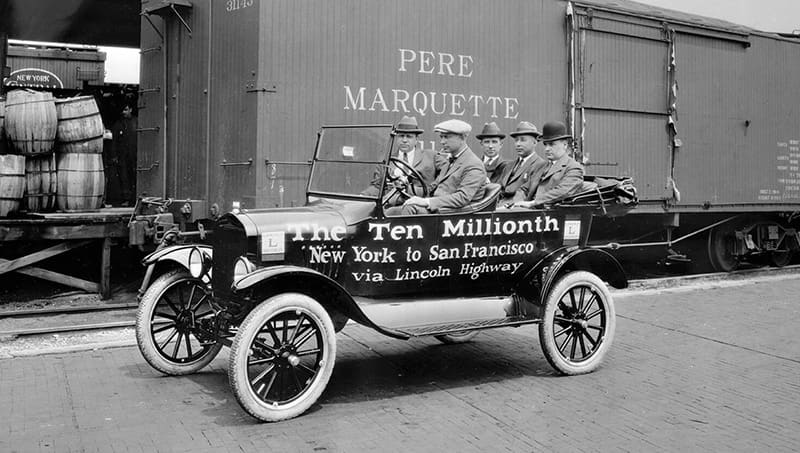
This vehicle was, of course, the 10-millionth Ford – a Model T “Touring Car” with an MSRP of just $295. Recognizing the enormity of the accomplishment that 10 million units represented, Ford issued a press release that read (in part):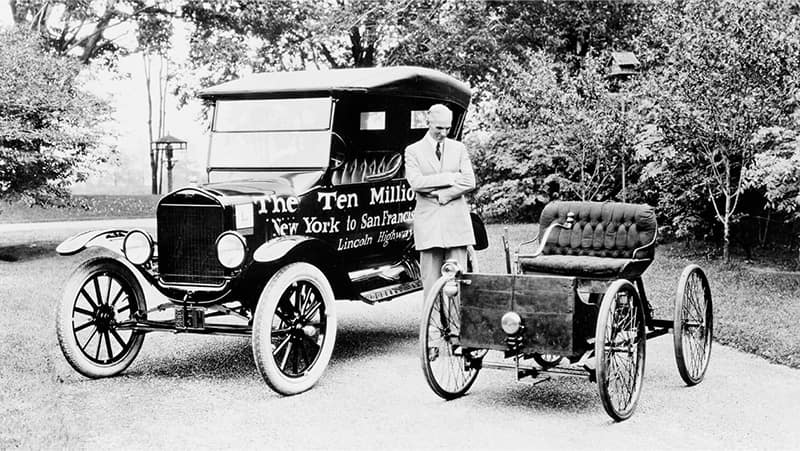
“Detroit, Mich., June 4 [1924] — (Special) A new and outstanding achievement in the automobile industry of America was attained here recently when the 10-millionth Model "T" Ford car left the final assembly in the Highland Park plant of the Ford Motor Company.
“The motor, bearing the number 10,000,000 was completed in the morning, and reached the car assembly line that afternoon, and was assembled into a touring car, the most popular of all Ford body types.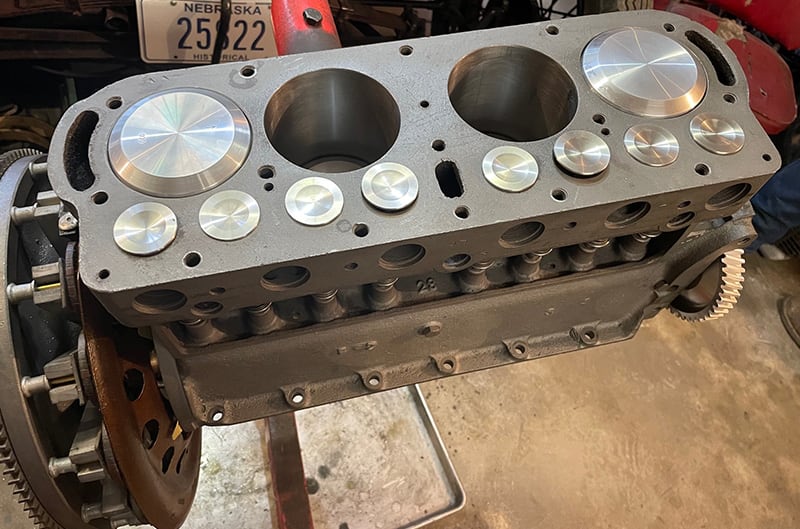
“In celebration of having attained a 10,000,000-production record, the company announces that Ford car No. 10,000,000 will make a coast-to-coast trip as signifying the nationwide popularity of the Ford car and its appeal to every class of driver.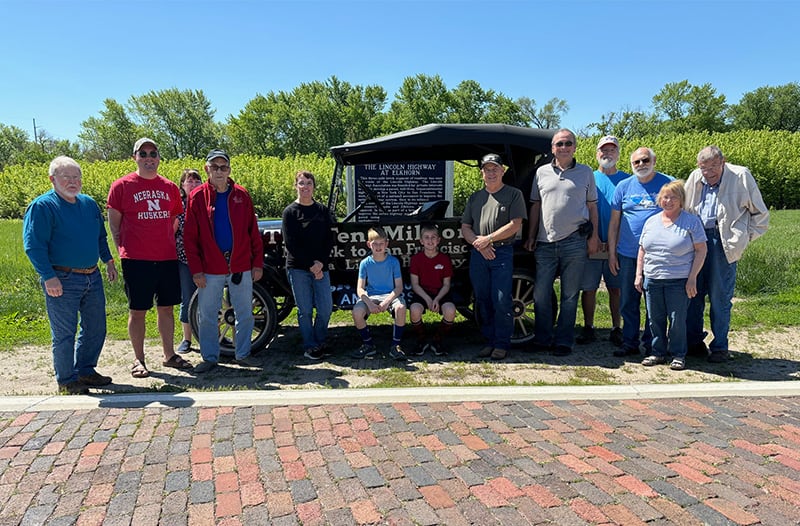
“The car will be shipped to New York within a day or two and leaving there will be driven across the country to San Francisco. The Lincoln Highway has been selected as the official route of travel and stops will be made at most all the towns along the line. Frank Kulick, who years ago attained fame and broke many records as the pilot of Ford racing cars, will be at the wheel of the 10-millionth Ford, during the trans-continental trip…”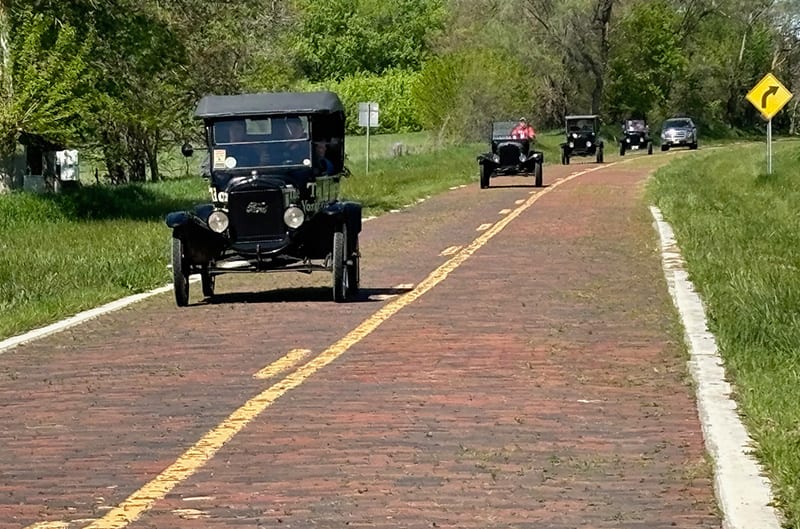
Interestingly, even after arriving in San Francisco, this particular car had only just begun a journey that continues to this day! The 10-millionth T’s historic coast-to-coast trip would be repeated 50 years later, and again to mark the 75th anniversary of its original tour as well. And now, today, Ford Performance is proud to announce the triumphant completion of yet another cross-country trek from sea-to-shining sea – marking 100 years since Mr. Kulick piloted Henry’s 10-millionth automobile from New York to San Francisco. Tim Matthews (Curator of the Museum of American Speed in Lincoln, Nebraska) collaborated with Model T experts Mike Vaughn and Mike Bender to restore this century-old Ford back to road-worthy condition and embark together on an unprecedented fourth trip along our nation’s very first interstate highway.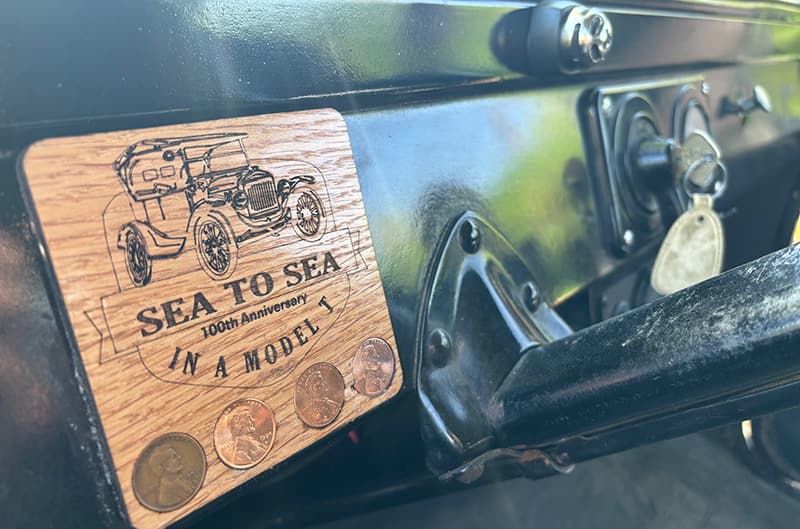
Of course, we’ve managed to learn a thing or two over these past 10 decades. So, in consideration of these many technological advancements, Mike and Mike incorporated several discreet (yet impactful) improvements to nearly every system on the museum’s prized T, elevating its performance in true Ford Performance fashion. First, the Mike’s removed the T’s original four-cylinder engine and treated it to a complete rebuild, bestowing it with a new heavy-duty forged and counterbalanced Scat crank, .290 Stipe Superlift cam, adjustable lifters, larger diameter stainless-steel valves, aluminum pistons sized for .030 over bore, and an aluminum cylinder head with improved combustion chambers – raising the engine’s compression ratio to 6.0:1 and resulting in a doubling of horsepower at its rear wheels. The T’s original transmission was also rebuilt and augmented by a brand new Warford accessory transmission, which necessitated the shortening of both the driveshaft and the radius rods – but now provides the car with no fewer than six forward gears!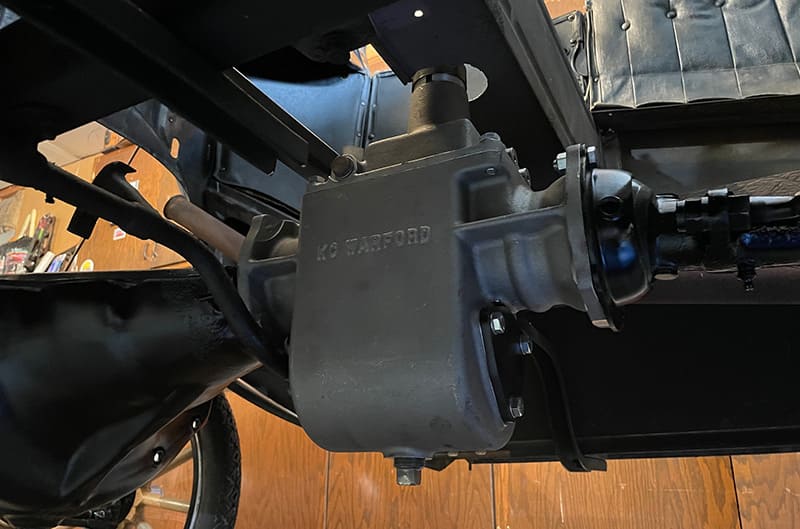
Additional enhancements included a rebuilt (1920) Holley Model-NH 31-cfm carburetor, modern Autolite plugs, 5:1 steering gear (from 1925) up front, and a set of 4.00:1 gears out back. The “hog’s head” pedal shafts were all notched and sealed. The T’s original cotton-lined brake band was re-clad in Kevlar. Its wheels received brand new hickory spokes and were wrapped in new Firestone tires. The T’s tech team even rewired the entire car, upgrading its original 6-volt system to a modern 12-volt, adding an alternator, halogen headlamps, and two in-dash USB connectors to power their GPS and recharge their phones in the process. The convertible top and liner also received some much-needed TLC after a century’s worth of exposure and operation. And, in the end, while most of the car’s original paint and promotional signage was left untouched, even its rocker panels were repainted to read “1924 - Platinum Anniversary - 2024.”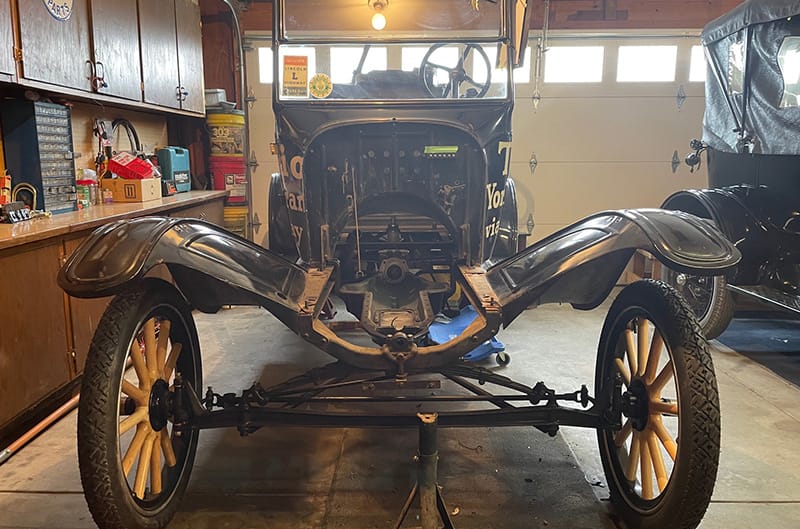
Upon the car’s completion, the museum arranged for a “test drive” from Mike’s garage in Lincoln to a particularly scenic section of the old brick Lincoln Highway in nearby Elkhorn for a private Ford Performance photoshoot in advance of shipping it to New York. Just days later, on June 2, with one Mike behind the wheel and the other Mike armed with their GPS and coffee, the men (and a small entourage including other Ts and their support truck and trailer) began their journey near Battery Park, under the watchful eye of Lady Liberty, heading north through Manhattan and west through the Holland Tunnel. No sooner than they exited New York, the crew hit their very first hiccup – accidentally turning onto the New Jersey Turnpike!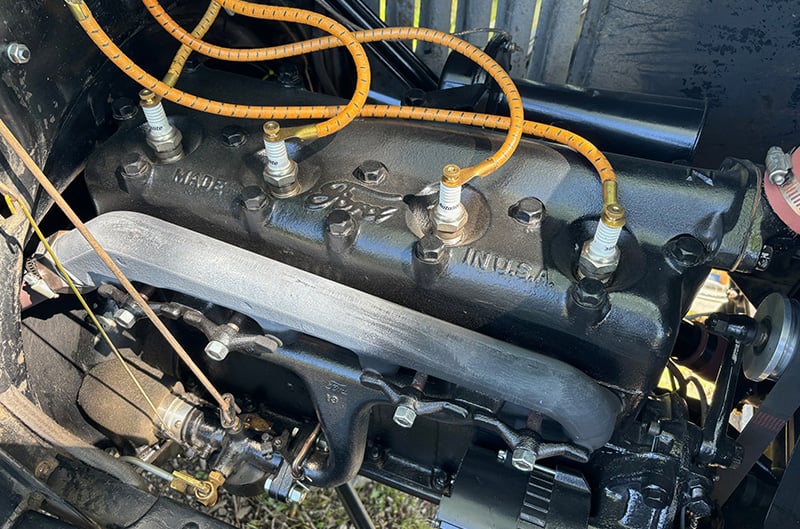
A few minutes later, having paid their toll, been serenaded by horns, and given a single finger salute from another motorist (apparently less than thrilled with the delay of accelerating behind the 100-year-old convertible), the Mikes were back on track and anticipating smoother sailing. Such was not to be the case. Late on the second day, while passing through Greenberg, Pennsylvania, Mike’s freshly rebuilt engine began talking back to him with language we ought not repeat here. The T was quickly loaded into the support truck’s trailer and taken to Dave’s Restoration and Machine (which was already a sponsor) where an immediate teardown revealed a spun rod bearing necessitating a second total rebuild. Just two-and-a-half days later, the T reemerged from the shop with its engine, transmission, and rear axle all refreshed and eager for a second chance at conquering the 2,600 miles of concrete, brick, and even dirt that remained between it and San Francisco.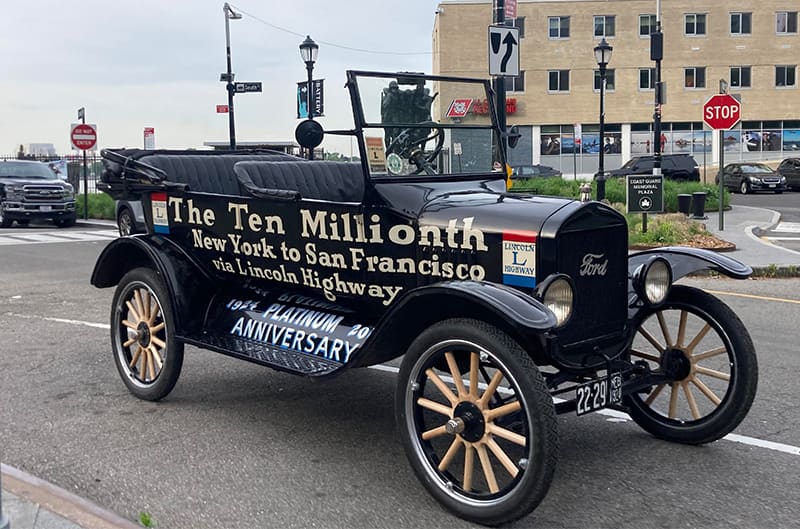
With no further wrong turns or breakdowns, the T and its crew made it to their halfway mark in Lincoln, Nebraska, on the evening of Friday, June 14. Taking Saturday to stretch their legs, visit with their families, and check in with Tim at the Museum of American Speed, they reconvened with Ford Performance at sunrise on an already warm and windy Sunday morning. One of the Mike’s promptly handed us a “Super High Intensity Tethering System” and instructed me to attach one end to my belt loop and the other to my Ford Performance hat.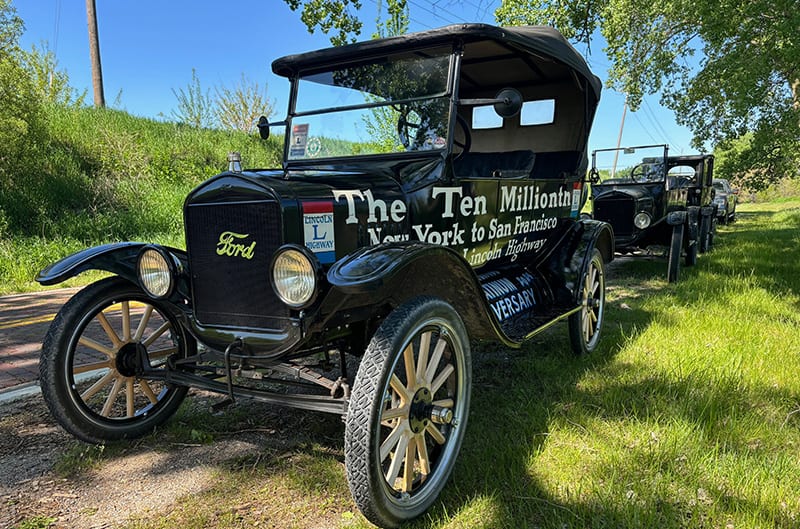
As we headed west through Seward and on toward Grand Island (with the support truck, two other Model Ts, and a Model A in our rear view), Mike Vaughn shared photos and stories from the first half of the trip, while Mike Bender hit speeds as high as 46 mph according to the speedometer app on his phone. As the day progressed, the sun shone down and the air grew hot, but the T just kept humming right along. Admittedly, being far more accustomed to driving around in Mustangs, I found myself charmed by the T’s various vibrations, noises, and quirks – and genuinely impressed by its ability to dutifully tackle the extreme heat and unrelenting hours of operation a century after it was constructed.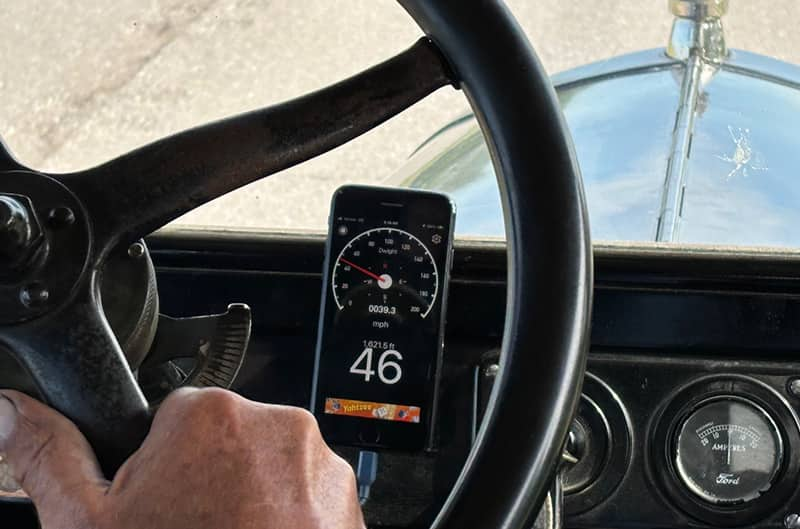
As the caravan traversed the vast expanse of desert across Utah and Nevada, traveling 200 miles between fuel stations, they made good use of their auxiliary fuel cans – and even cooked brats and hot dogs in their exhaust manifold-mounted cooker. Finally, on Thursday, June 27, the T and its companions arrived at Lincoln Park in San Francisco. Even with the unplanned engine rebuild and the mid-trip day off, it had taken just three and a half weeks for the team to complete their 3,000-mile journey from New York. A century prior, the same route had taken Frank six weeks. Not that the Mikes were racing him, but with 168 hours in a week, that means the T beat its original time by roughly 380 hours – not bad for a 100-year-old Tin Lizzy!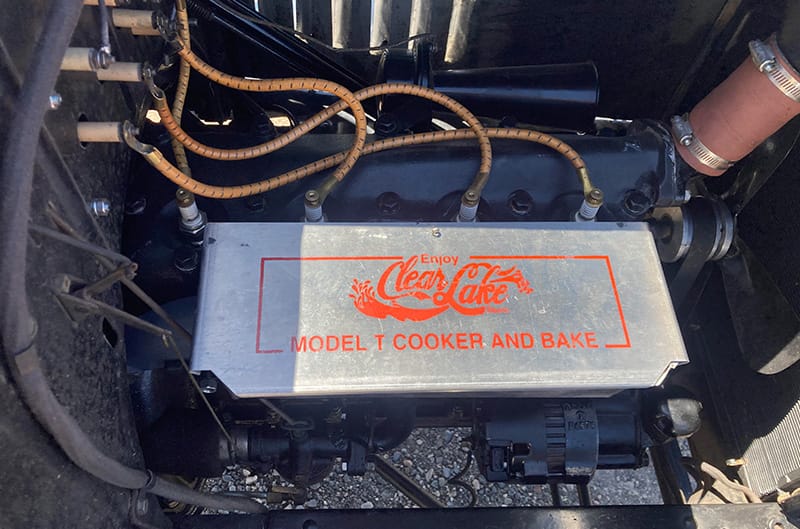
(The Museum of American Speed would like to thank all those involved with this unprecedented and historic effort, especially its sponsors, donors, and volunteers, specifically including (but not limited to): the family of Dr. Hathaway, DDS, Mike Vaughn, Mike Bender, Rick Johnston, Steve Zajicek, Nick Nicholas, Gene French, Bill Vocasek, AAA, Coker Tire, Pump & Pantry, AM Best, Lang’s Old Car Parts, Stipe Cams, Dave’s Restoration and Machine, Birdhaven Vintage Auto Parts, Ford Performance, Robert M. Kennedy/Unleaded Only Publications, Capital City Ford and Mustang Club, the Mustang Car Club of Omaha, Speedway Motors, and the Lincoln High Association.)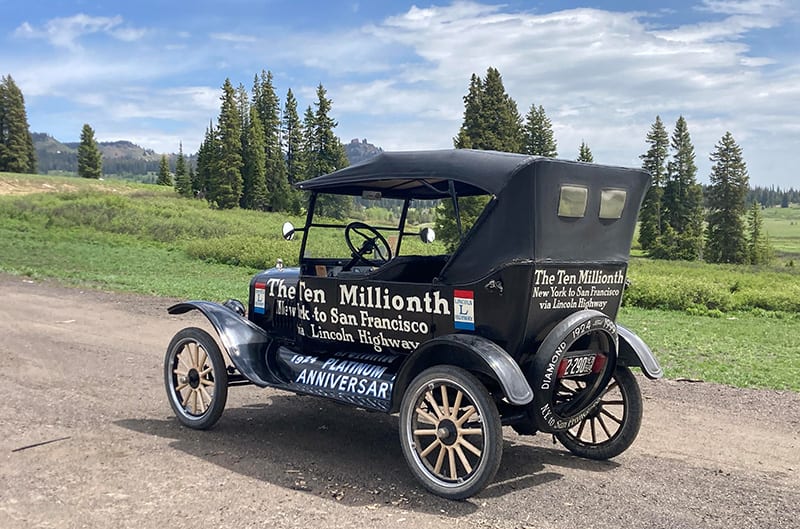
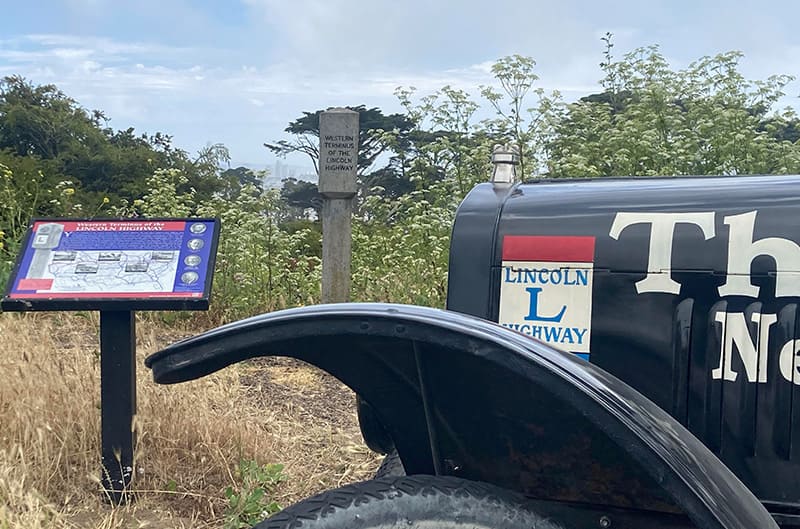
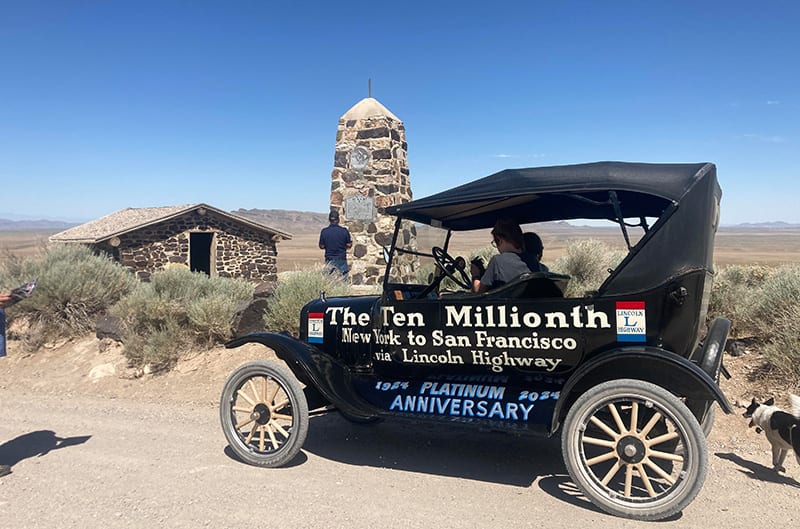
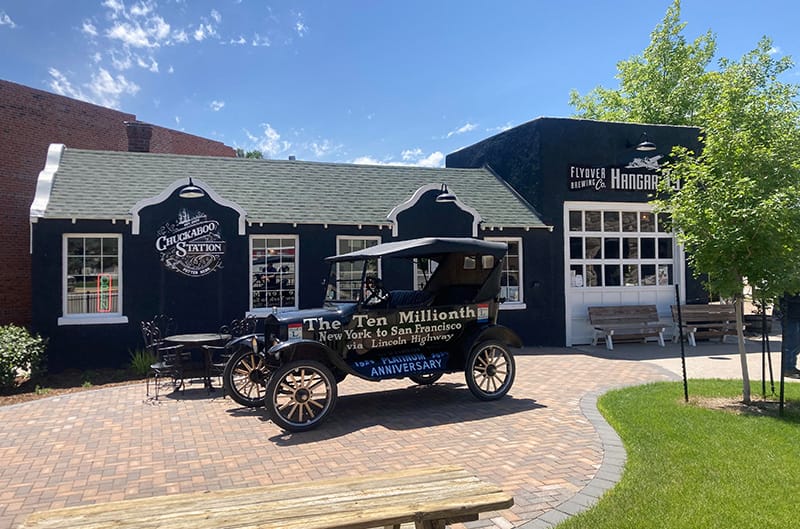 FORD PERFORMANCE PHOTOS / COURTESY of FORD MOTOR COMPANY, ROBERT KENNEDY and MIKE VAUGHN
FORD PERFORMANCE PHOTOS / COURTESY of FORD MOTOR COMPANY, ROBERT KENNEDY and MIKE VAUGHN


